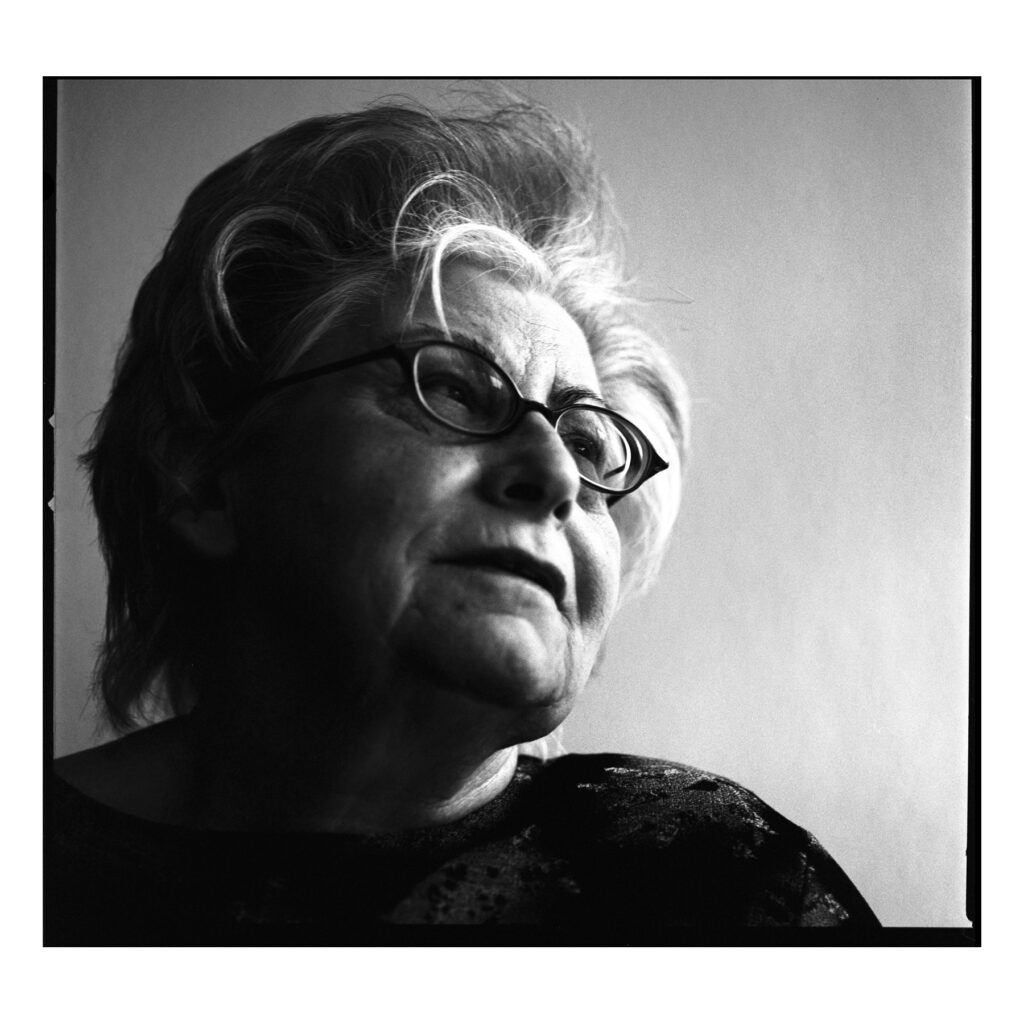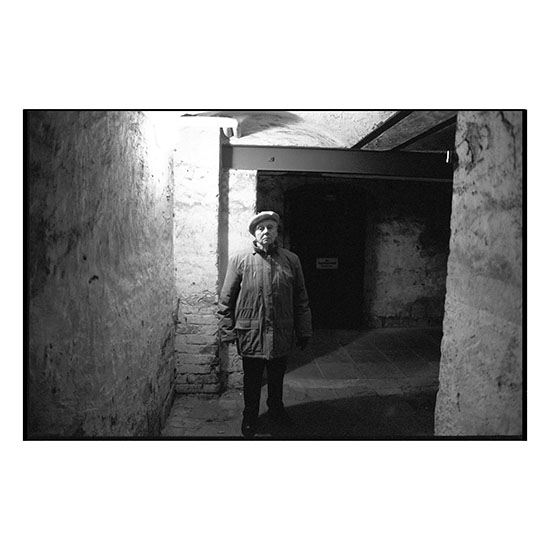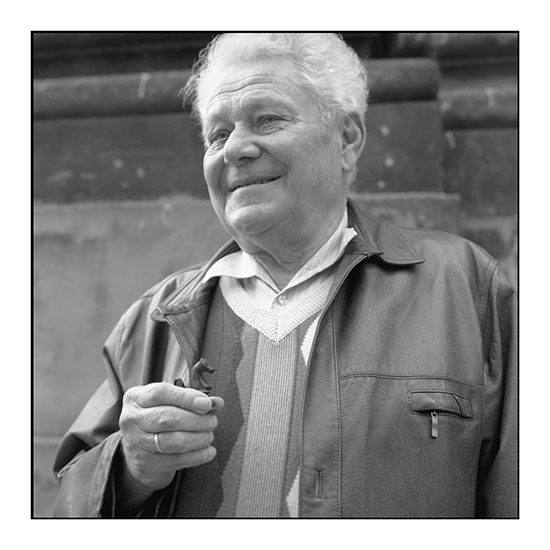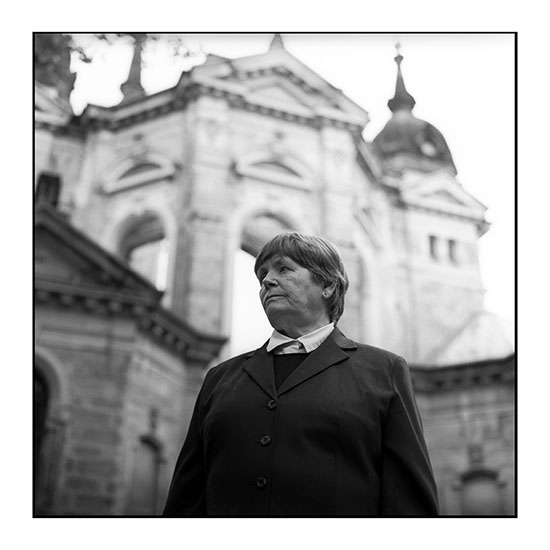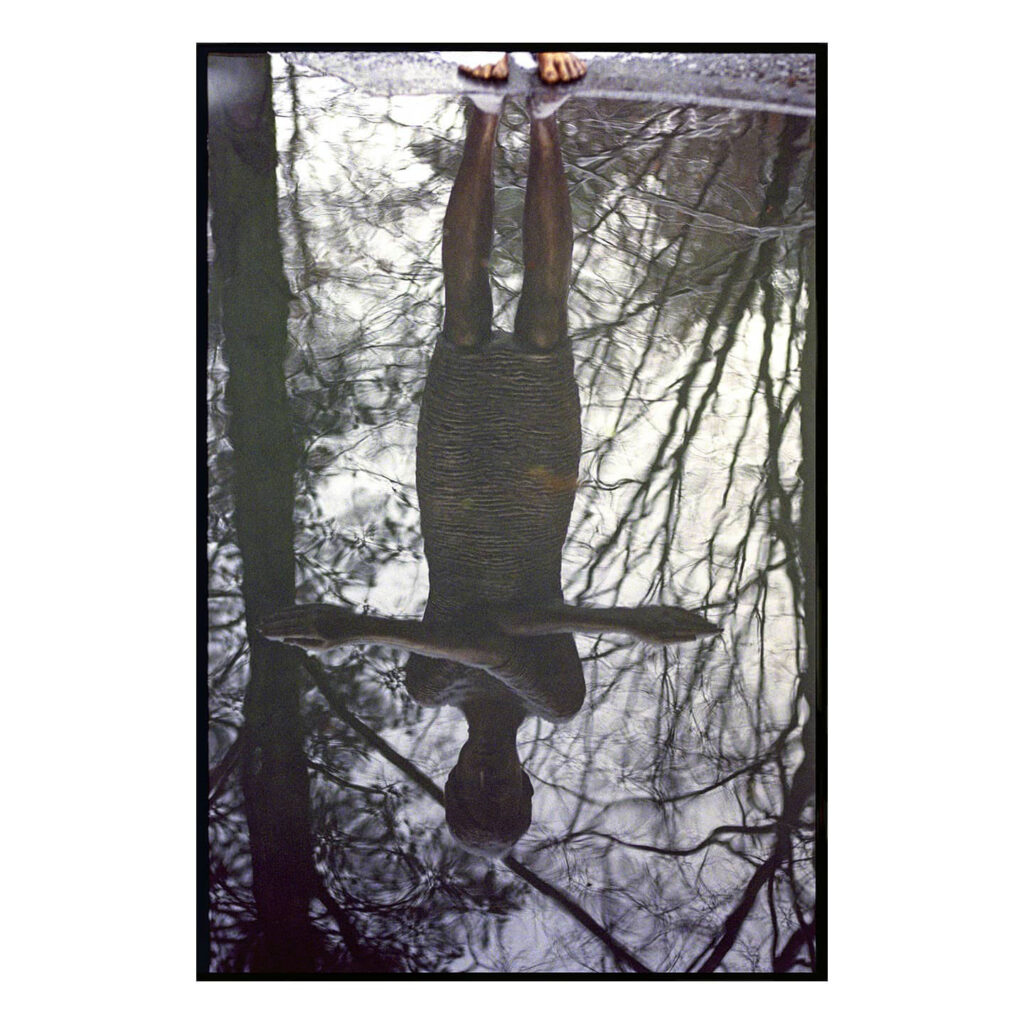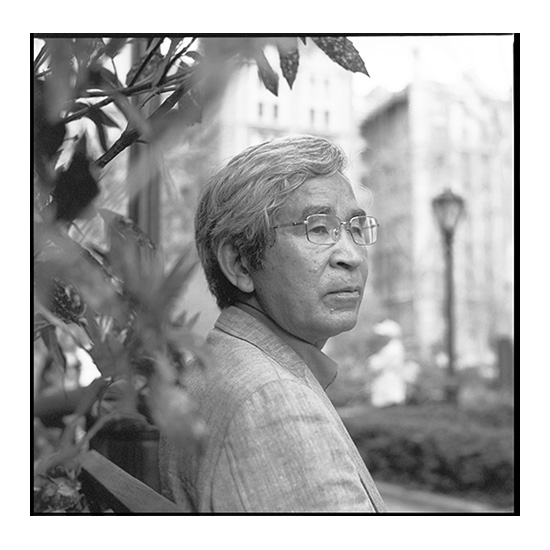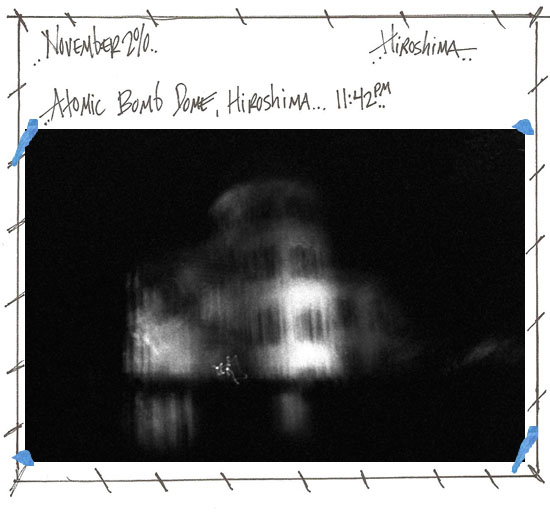
“My mother used to pick off the maggots from the back of my neck, one by one, with bamboo forceps. She was sobbing and saying to herself, ‘Where is your dignity as a human being with maggots crawling over your living body? Your face, hands and feet will never be the same again. I almost wish you were dead, so that you can at least rest in peace.’ I felt her tears on my cheek, her warmth and her heartrending sorrow, which made me cry.”
-Jong-keun Lee, Hiroshima atomic bomb survivor
Jong-keun Lee is an ethnic Korean who was born in Hiroshima during 1928, five years after his family came to Japan.He was exposed to the atomic bomb while commuting to his job at a mechanics’ workshop for steam locomotives. When he returned home he had no choice but to cross through the hypocenter and was exposed to high levels of radiation.
Before the war Mr. Lee was treated as Japanese and allowed to get a job for the government, even though he was of Korean ancestry, but when the war ended he was considered a foreigner and lost all rights as a Japanese citizen. Instead of using his Korean name, he continued to use his Japanese name to avoid being considered a foreigner.
Mr. Lee lived his entire life in Hiroshima. This week I received the sad news that he passed away, shortly before the 77th anniversary of the first atomic bomb being dropped. He was 93-years-old. I had photographed Mr. Lee several times when he came to New York to speak with students about the horrors of nuclear war and the importance of reconciliation. He was a kind and thoughtful person who cared about others. He will be missed.
This portrait is a part of my From Above project which a collection of portraits and reminiscences of atomic bomb and firebombing survivors from the Second World War. From Above is permanently exhibited at the Nagasaki Peace Memorial Hall for Atomic Bomb Victims at the Nagasaki Atomic Bomb Museum. It has also been exhibited in numerous international museums and exhibition spaces, including at the United Nations in New York and most recently in Dresden, Germany.It was released as a limited edition book available at https://www.photoeye.com/bookstore/citation.cfm?catalog=I1040&i=&i2=

